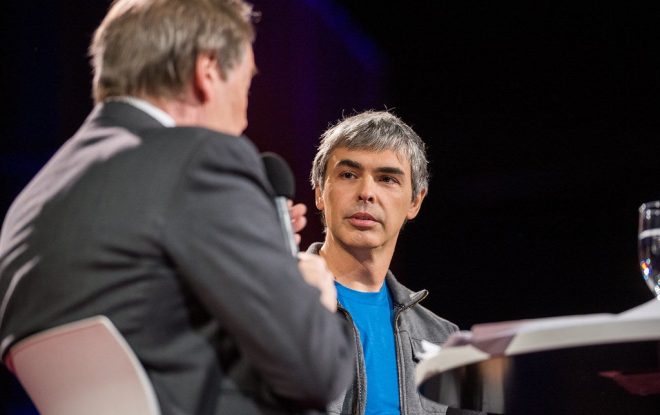The stock market's era of big gains may not be over
The stock market has been roaring for the past decade, with the S&P 500 (^GSPC) boasting an annualized return of 13%.
On Friday, Goldman Sachs (GS) published a research note projecting the next decade won’t be as friendly to investors in the benchmark index. The S&P 500 will deliver an annualized return of 3% over the next 10 years, Goldman projected, noting that more than a third of the index being concentrated in just 10 stocks has typically led to below-average returns.
But Goldman Sachs equity strategist Ben Snider told Yahoo Finance the headline projection isn’t as bearish as it may seem, nor is it a call to get out of stocks now.
“We remain very confident in the long-term outlook for US economic growth,” Snider said in an interview on Tuesday. “We remain very confident in the outlook for long-term corporate profit growth. We feel good about the long-term outlook for the average [S&P 500] stock. The concern that we have is that concentration is extremely high … And when we put that in our models, it points to low average returns.”
Right now, the 10 largest stocks in the S&P 500 represent more than a third of the index, putting market concentration near its highest level in 100 years, per Goldman. Using history as a guide, this has typically led to below-average returns for the following decade, Snider said.
This would likely happen through stocks that make up that large concentration in the index — like Nvidia (NVDA), Apple (AAPL), or Microsoft (MSFT) — falling off. And just as the “Magnificent Seven” tech stocks helped lead the market higher, in this scenario they’d lead the market lower.
“The idea here is you have a few stocks that have an unusually large representation of market cap,” Snider said. “And if their weight goes back to some kind of normal, that would weigh on the aggregate index as well.”
There isn’t a shock clearly in view that Goldman believes starts the decade of bad returns. That’s why the team sees the S&P 500 hitting 6,300 in the next 12 months. The issue for Goldman in its most recent exercise is that a decade is a long time.
“The longer your investment horizon, the more uncertain all the catalysts that will take place during that horizon,” Snider said. “And so just given the starting point of the concentration, history would tell us there is likely to be some catalyst over the next decade that causes that to revert.”
But he noted the caveat that the unwinding of market concentration “doesn’t need to happen within the next 10 years, and it doesn’t necessarily need to weigh on the equity market, because there could be dramatic strength from the rest of the equity constituents.”



Leave a Reply